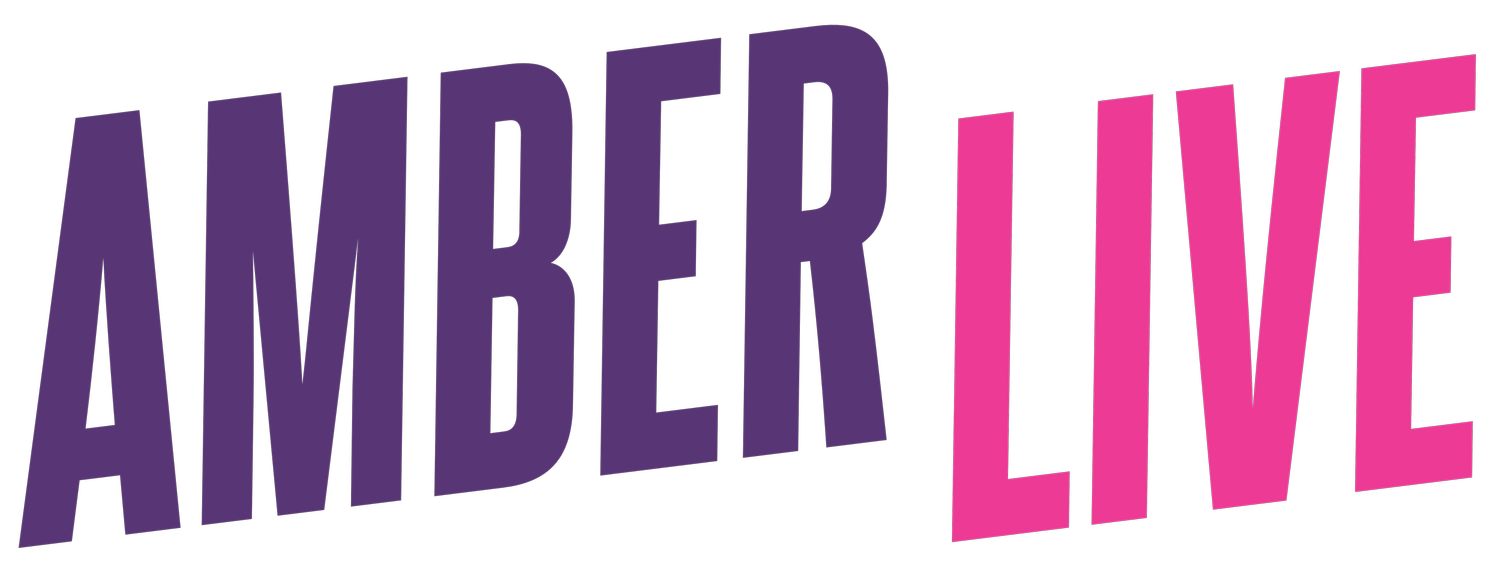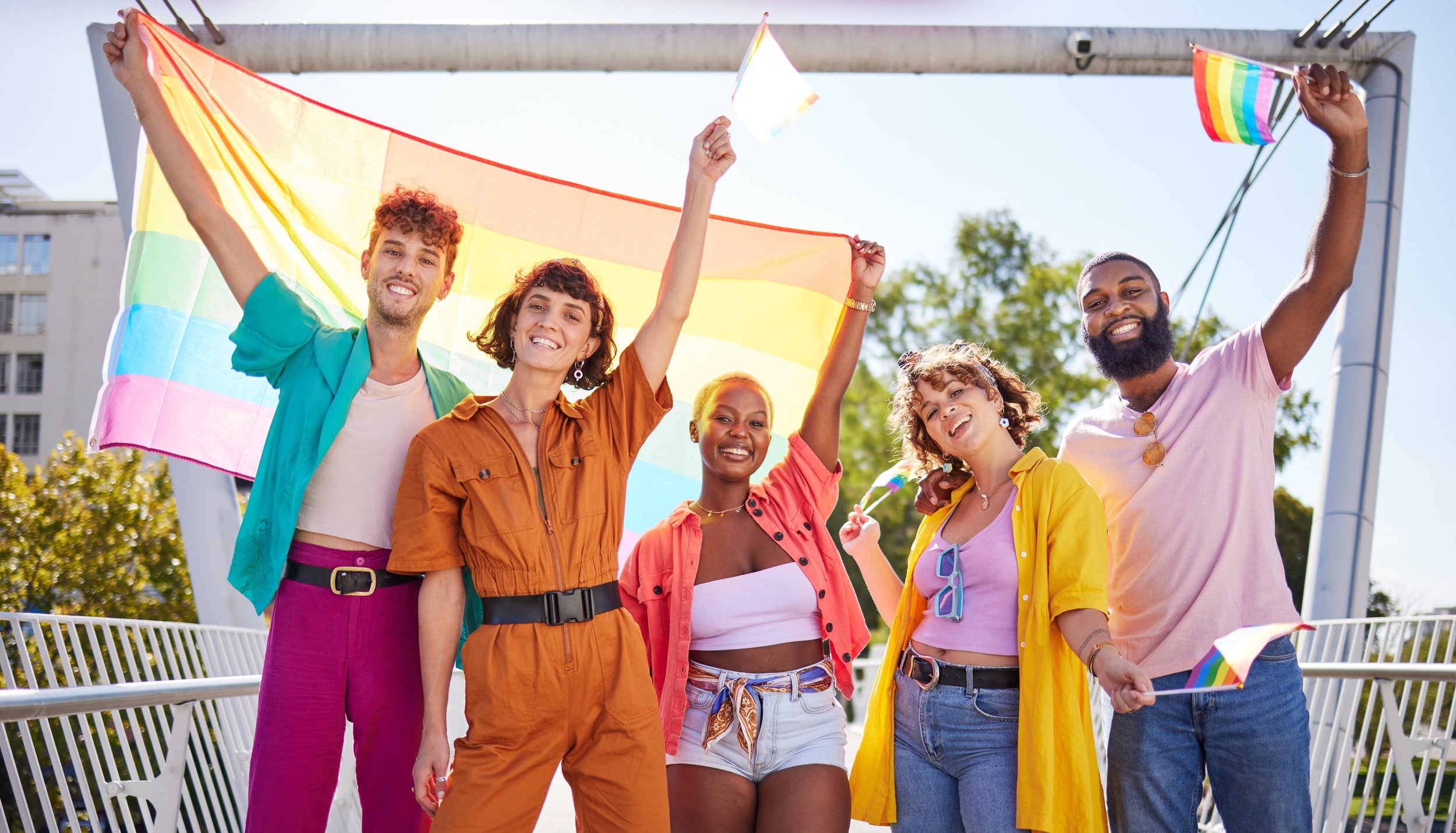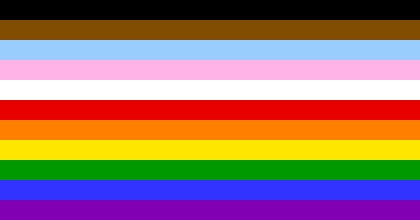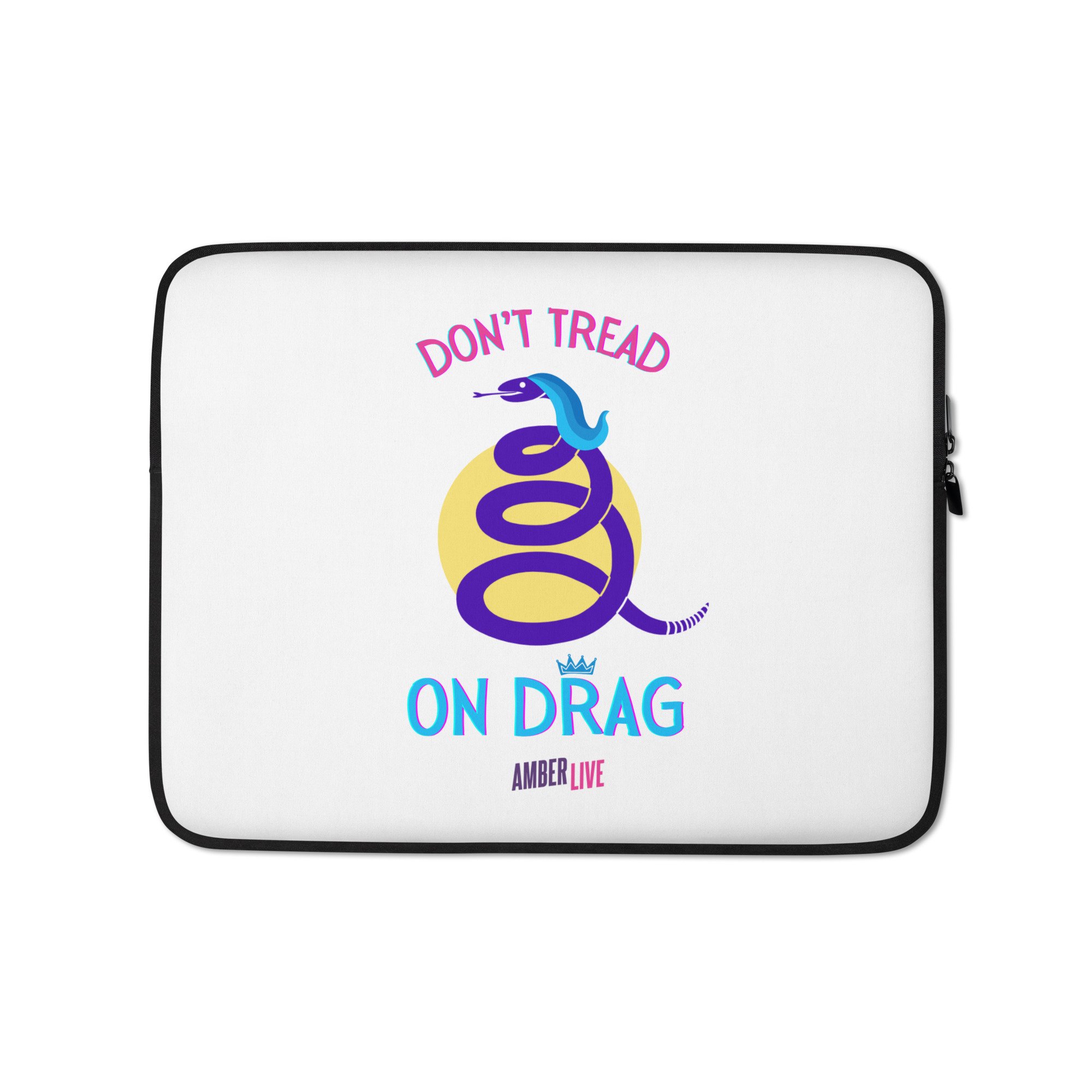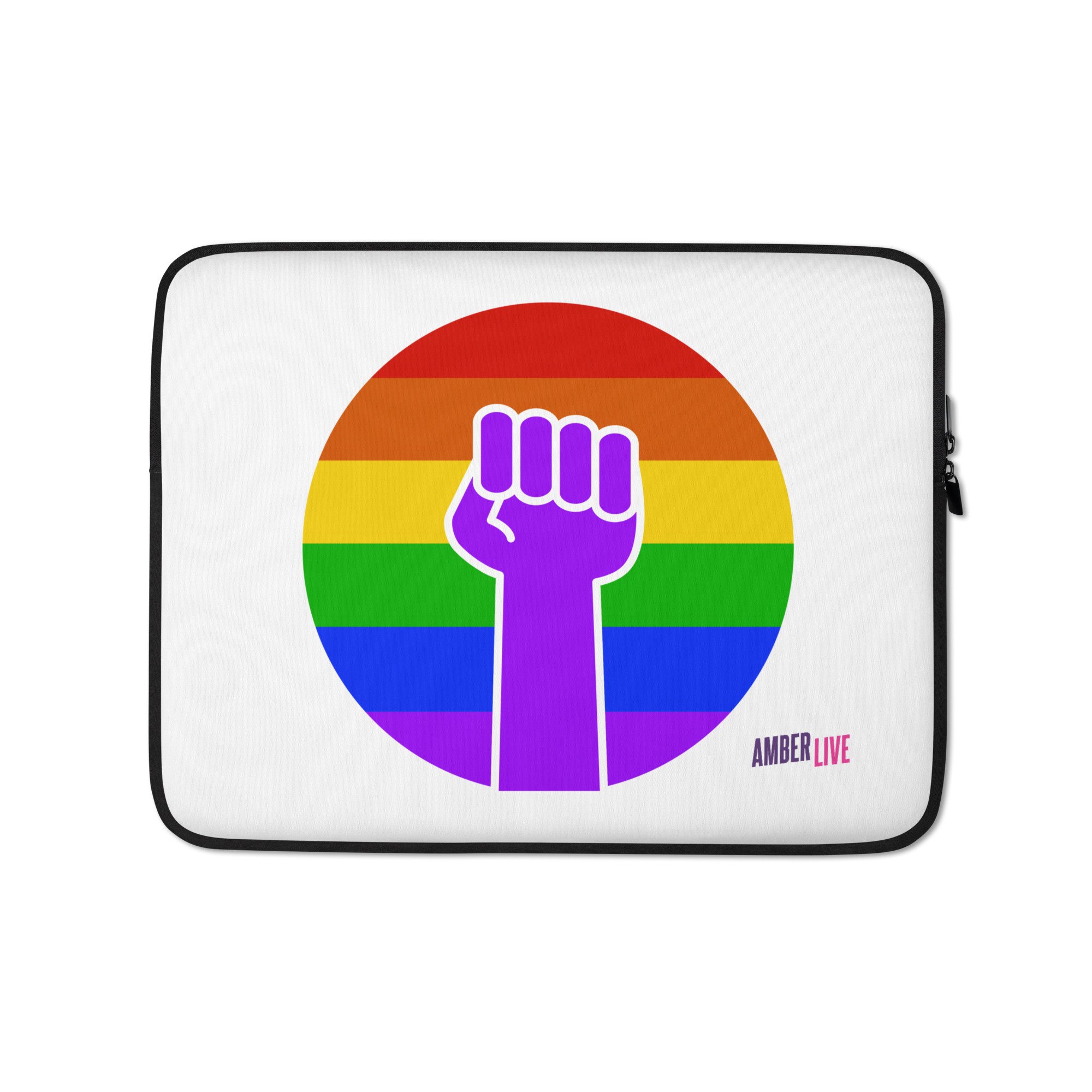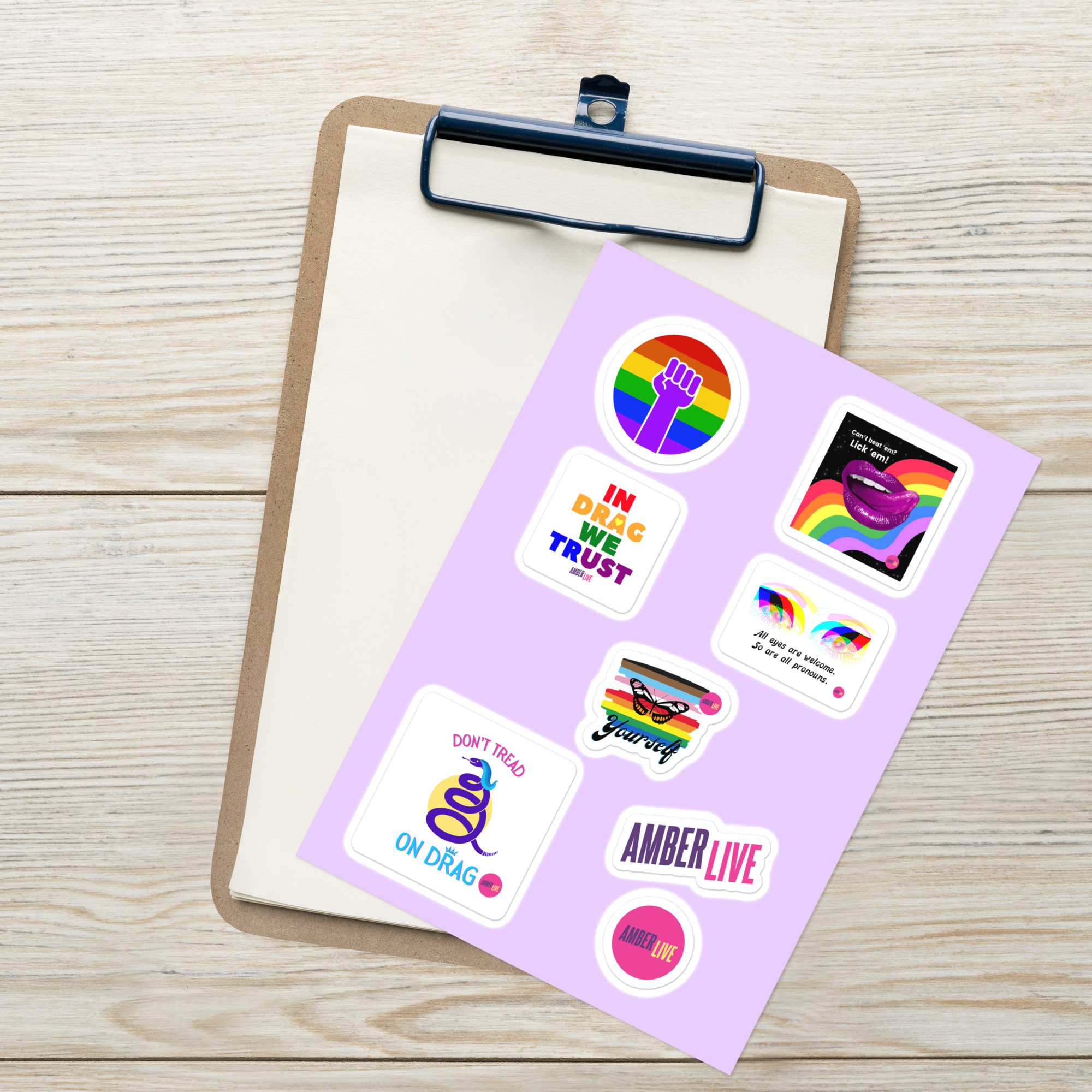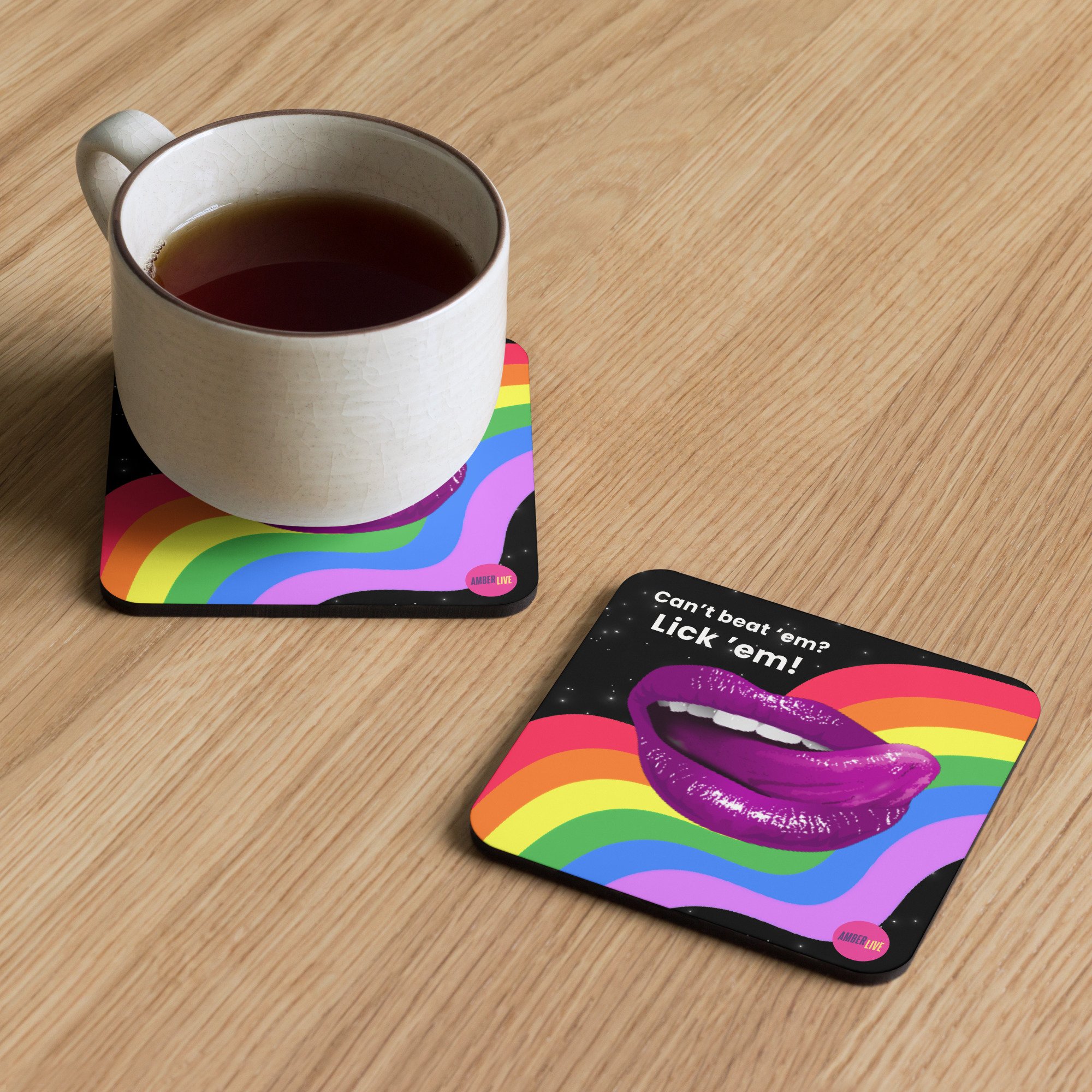Why did the LGBTQ community choose the rainbow flag?
Table of Contents
Introduction
The Origins of the Rainbow Pride Flag: Gilbert Baker's Original Design
Evolution of the Rainbow Flag
A Global Symbol of LGBTQ+ Pride
The Rainbow Pride Flag
The Progress Pride Flag
The International Bear Brotherhood Flag
The Intersex Pride Flag
The Transgender Pride flag
Introduction
Around the world, the rainbow flag has come to be a symbol of LGBTQIA+ pride. The flag has a history dating back to the 1970s and today it can be found in numerous forms. Each version of the flag serves to represent different groups within the very diverse LGBTQIA+ community. Inclusion is important to the LGBTQ + community for so many reasons. Below is a discussion of the origins of the flag, as well as a look at some of its forms.
The Origins of the Rainbow Pride Flag: Gilbert Baker's Original Design
The rainbow flag was created in 1978 by Gilbert Baker, an openly gay artist and activist living in San Francisco. At the time, the LGBTQ+ community was looking for a symbol that could be used during pride marches and other events to increase visibility and solidarity. Baker was encouraged by Harvey Milk, one of the first openly gay elected officials in the United States, to create a symbol for the community.
After some brainstorming, Baker decided that a rainbow would reflect the diversity and vibrancy of the LGBTQ+ community. He designed a flag with eight colored stripes, each representing a different meaning: pink for sexuality, red for life, orange for healing, yellow for sunlight, green for nature, turquoise for magic/art, indigo for serenity, and violet for spirit.
Baker dyed and sewed the first rainbow flags himself by hand, and they debuted at the San Francisco Gay Freedom Day Parade on June 25, 1978. The flags were an instant hit and quickly became a unifying symbol of pride for the LGBTQ+ community.
Evolution of the Rainbow Flag
Over the next several years, the rainbow flag went through some modifications and standardizations. Due to production constraints, pink and turquoise were removed from the design, leaving the six-stripe version that is commonly used today: red, orange, yellow, green, blue, and violet.
The rainbow flag began to gain popularity beyond San Francisco, used at pride events across the United States and eventually around the world. As the LGBTQ+ community faced the devastation of the AIDS epidemic in the 1980s and 90s, the rainbow flag took on deeper meaning and became a symbol of courage, perseverance and hope.
A Global Symbol of LGBTQ+ Pride
Today the rainbow flag is recognized globally as a symbol of LGBTQ+ pride and social movements. Its rainbow colors reflect the diversity of the entire queer community, including gay, lesbian, bisexual, transgender, queer, questioning, intersex, asexual, pansexual, and more.
The flag is constantly evolving to be more inclusive. Some common variants include those listed below.
The Rainbow Pride Flag
This is the original (or close to original form) of the pride flag created by Gilbert Baker. While the very original form of the flag included a pink stripe. The modern version typically does not include that stripe.
The Pride Flag
The Progress Pride Flag
The Progress Pride flag, developed in 2018 by non-binary artist and designer Daniel Quasar, adds black and brown stripes to represent marginalized LGBTQ+ communities of color, along with the trans pride colors of light blue, pink and white.
The International Bear Brotherhood Flag
The International Bear Brotherhood Flag is more commonly referred to as the bear flag. This flag represents the gay bear subculture that exists in the LGBTQIA+ community. The colors of the flag are dark brown, orange/rust, golden yellow, tan, white, gray, and black. These colors represent the colors of the fur of animal bears throughout the world.
The Intersex Pride flag
The Intersex Pride flag contains purple, white, and yellow. Designer Morgan Carpenter says, “The flag is comprised of a golden yellow field, with a purple circle emblem. The colours and circle don’t just avoid referencing gender stereotypes, like the colours pink and blue, they seek to completely avoid use of symbols that have anything to do with gender at all.”
The Transgender Pride Flag
The Transgender Pride flag, designed by Monica Helms, has light blue, pink, and white stripes.
No matter its form, the rainbow flag is a bold, vibrant, empowering symbol of the LGBTQ+ community. It represents the beauty of diversity, hope for equality, and the light of creativity that thrives when all people are free to live openly. The rainbow flag flies proudly as a testament to how far LGBTQ+ rights have come and how far we still must go.
—This article was written, restructured, or adapted by Russell with information gathered from sources around the internet. Russell is the producer of Amber Live and is greatly overworked to pull it all together. If it’s on the internet, it must be true. (We’re kidding.) BUT, if you find any errors or omissions in the article, please let us know so that we may correct the issue. Thanks for your support!
